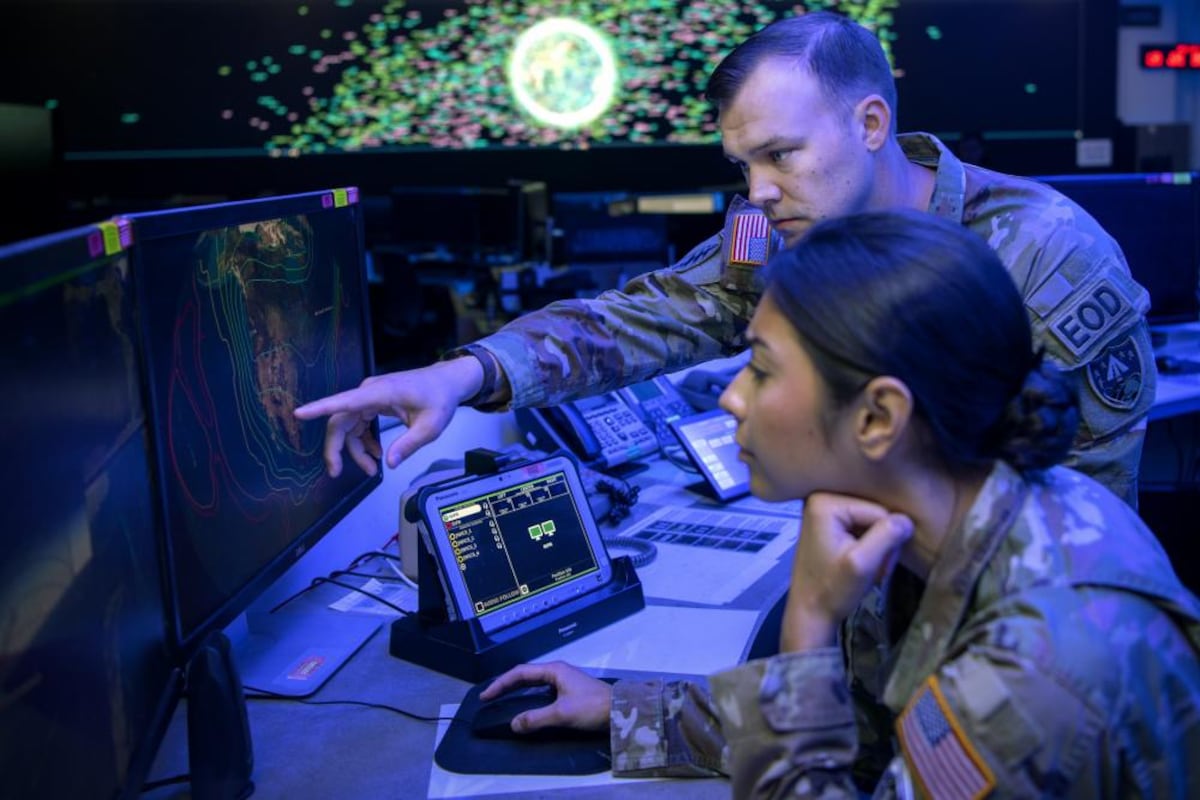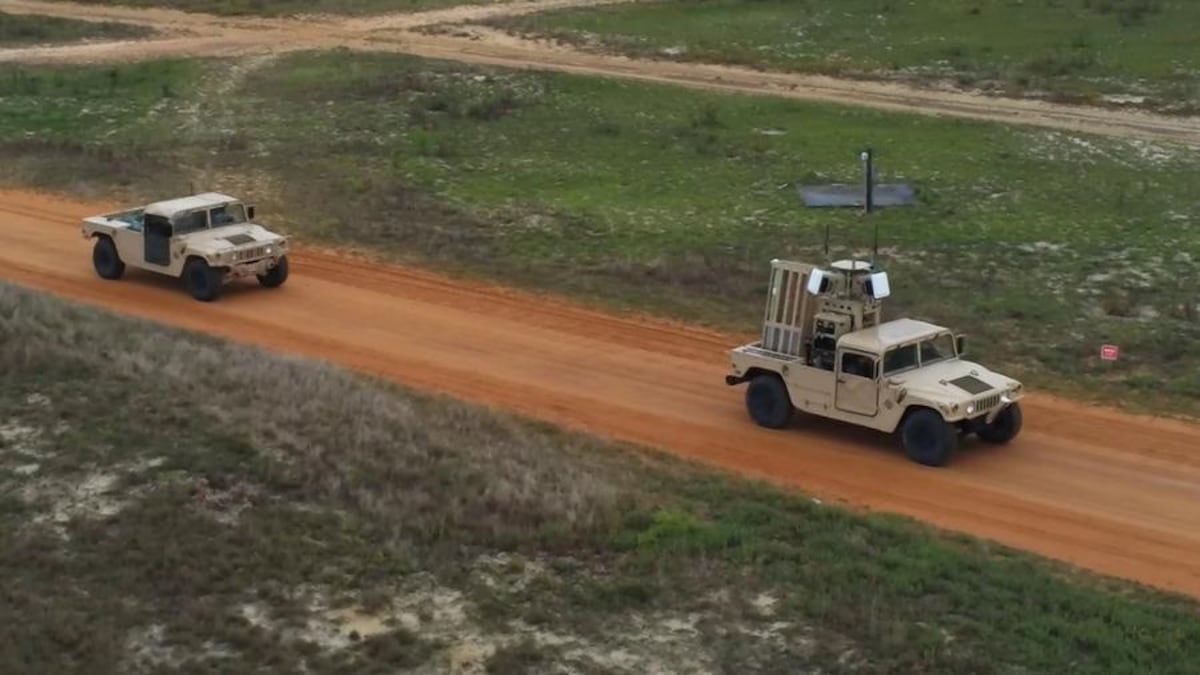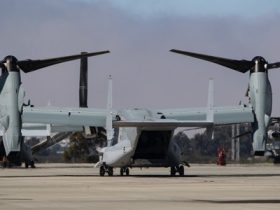To protect against threats from Russia and China, U.S. Space Command needs more advanced tools to track what’s happening in space as well as satellites that can move freely in the domain by 2027, according to its commander, Gen. Stephen Whiting.
Those capabilities will be crucial to military operations, Whiting said, as both Russia and China have tested and built weapons that could threaten U.S. space operations in the near future. He pointed specifically to Russia’s development of a nuclear space weapon and China’s recent launch mishaps that have created a cloud of debris in low Earth orbit.
“We must heed the clear signals from our strategic competitors,” Whiting said Wednesday in a speech at the Defence Space Conference in London. “When someone tells you what they are preparing to do, believe them. We must prepare accordingly to safeguard our collective interests in space.”
The Space Force, which is responsible for developing and buying capabilities to meet Space Command requirements, has a number of efforts underway to help operators better characterize and track objects in orbit — whether it’s a debris field or an adversary satellite or weapon. The service today relies on the more than 50-year-old Space Defense Operations Center for this mission but plans to replace that capability by the end of next year.
On the maneuverability side, the service is crafting a strategy for how it will build and buy the capabilities needed to support more dynamic space operations. That could mean partnering with commercial companies to refuel a spacecraft or provide a propulsion boost that allows it to travel into non-standard orbits to track an enemy satellite. Space Systems Command, the Space Force’s primary acquisition hub, is planning a refueling demonstration in 2026.
Whiting said current space tracking systems are “insufficient” for future conflicts with countries who have advanced military space capabilities. And while industry has demonstrated some promising capabilities for dynamic space operations, he said the military needs such systems as soon as possible.
“We need these systems delivered on accelerated timelines, at scale,” he said. “Now is the time for all of us to work together across our nations and organizations to identify solutions that deliver national capability by 2027.”
Courtney Albon is C4ISRNET’s space and emerging technology reporter. She has covered the U.S. military since 2012, with a focus on the Air Force and Space Force. She has reported on some of the Defense Department’s most significant acquisition, budget and policy challenges.
Read the full article here








Leave a Reply